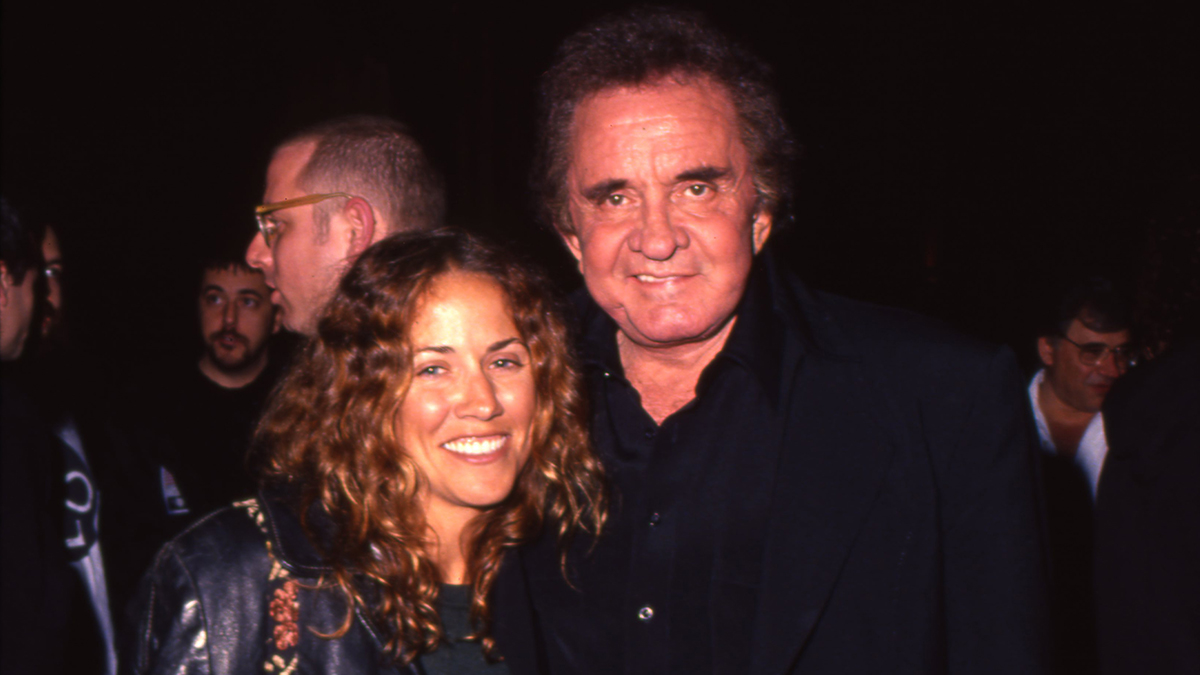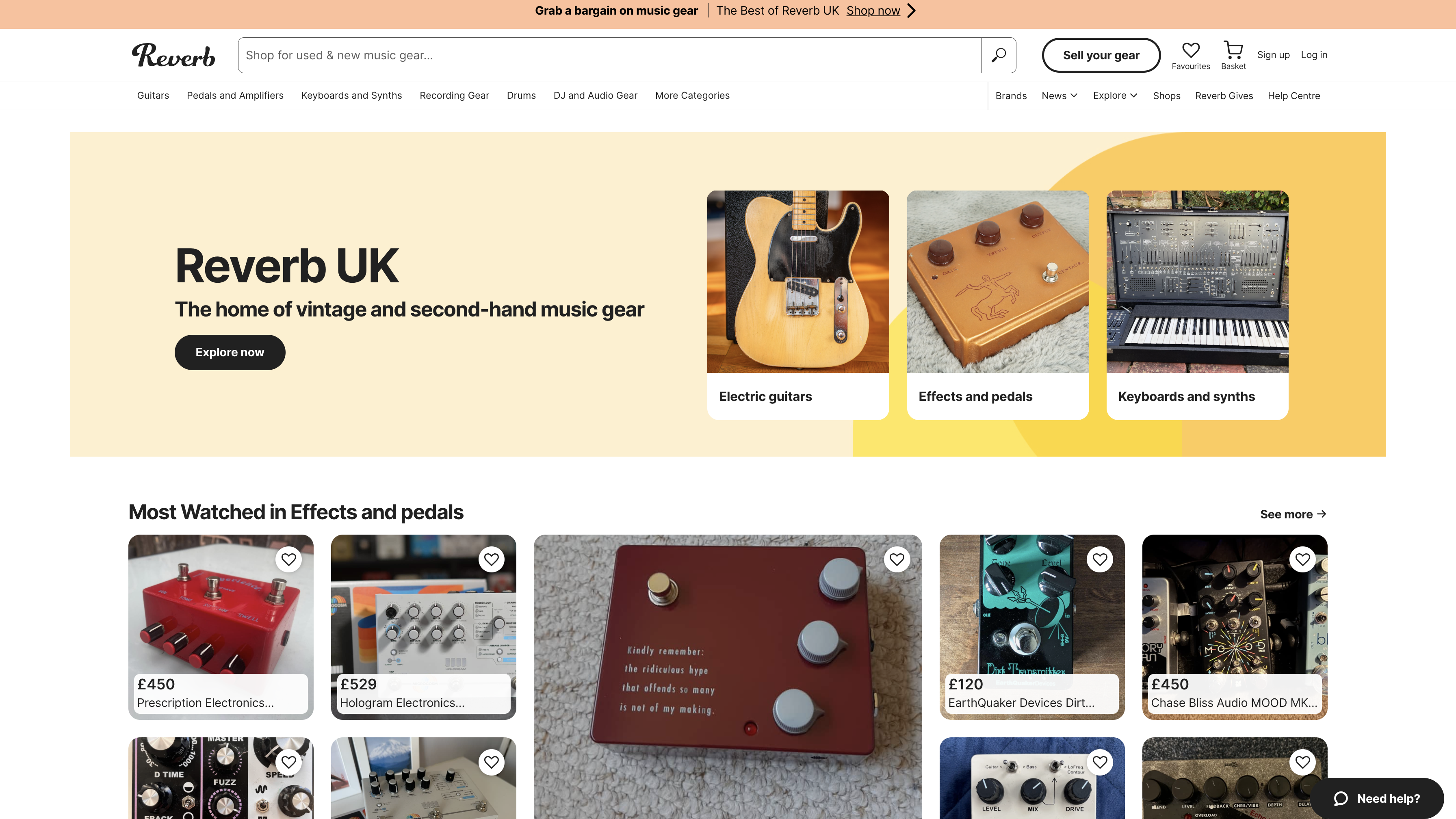NAMM 2025: “Mesa/Boogie has faithfully recreated the original formula – complete with ominous low end, harmonically rich top end, and that unmistakable midrange scoop”: The ‘90s spec two-channel Dual Rectifier is officially back
The sound of '90s hard-rock, metal and grunge lives again
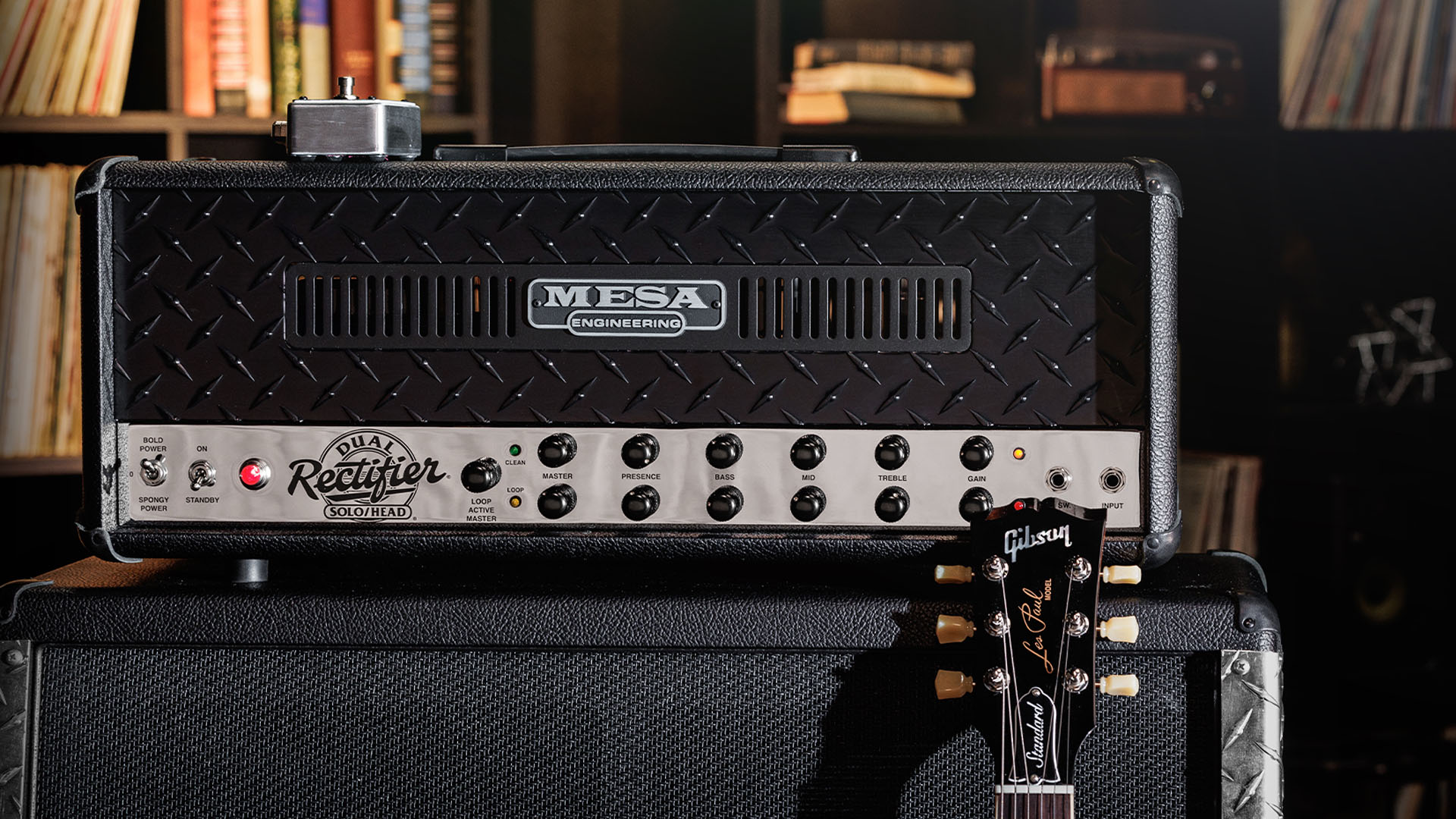
NAMM 2025: As promised in Mesa/Boogie’s teaser video last week, the iconic – and it is iconic – ‘90s spec twin-channel Dual Rectifier is officially back, reengineered to bring its fire-breathing tube amp tones to a new generation.
This for many players is the ultimate Recto. Debuting in 1992, it really did define electric guitar tone. Believe the hype.
Its 2025 rebirth now presents high-gain fiends looking for serious heat in their metal guitar tone with an almighty quandary: do they go for the Badlander, with onboard CabClone tech, state-of-the-art features, or do they go for the O.G., the more simple two-channel drive of the ‘90s Dual Rectifier?
We say more simple but there is still a lot going on with this returning Recto. Okay, the front panel is relatively streamlined, controls for each channel positioned atop of one another – each with knurled metal dials for Master, Presence, Bass, Mid, Treble and Gain – plus your 1/4” inputs for your guitar and the footswitch (sold separately).
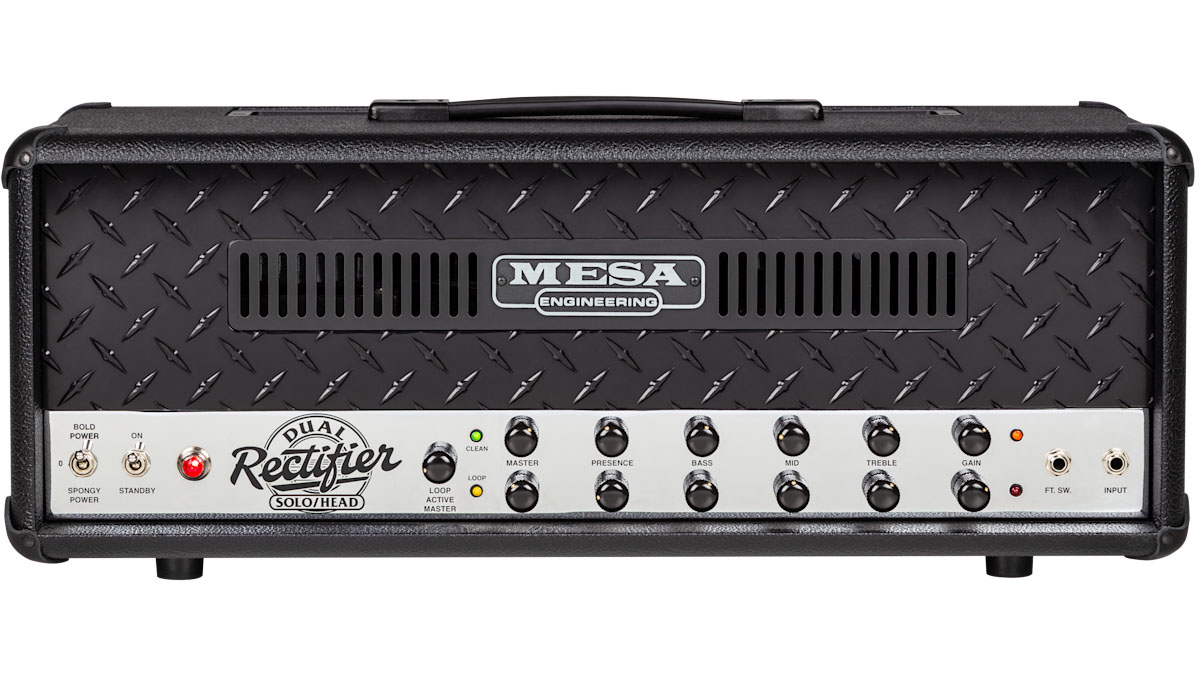
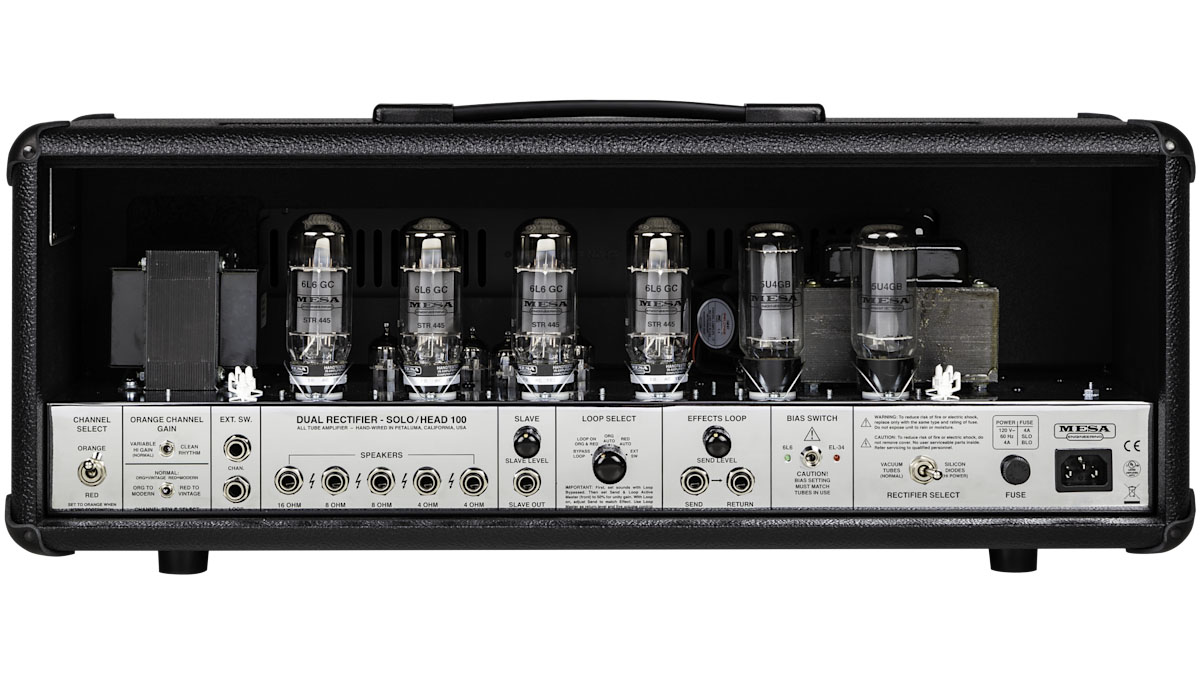
But look at the back of the amp. Take a deep breath. We’re going in. There you have a toggle switch for Orange and Red channels, a mini-toggle for each channel to change its voicing, plus inputs for external footswitches for the channel, a 16-ohm and a pair of 8-ohm and 4-ohm speaker outputs, a slave out plus Slave Level dial, a Loop Select rotary switch giving you numerable effects loop options, then the effects loop inputs and its Send Level… Moving on, there is a bias switch so that you can swap your tubes out from 6L6s to EL34s with a minimum of fuss, and there’s a Rectifier Select toggle switch.
All of which tells you that, despite being the ostensibly simple Recto, it nonetheless has a heap of options for shaping your sound and configuring the guitar amp just how you like it.
As the name on the grille suggests, we have two selectable rectifiers (tube or silicon diodes) that will change the “sound, character and feel” of the amp. You also have various mode voicings for each channel.
Get the MusicRadar Newsletter
Want all the hottest music and gear news, reviews, deals, features and more, direct to your inbox? Sign up here.
Channel 1, aka the Orange Channel, has Clean or Variable High Gain (“Vintage”) modes. Channel 2, which you might know as the Red Channel, has Modern High Gain Mode and, courtesy of the Channel Style/Cloning switch, it can also be setup as the Variable High Gain (“Vintage”) mode of the Orange Channel. This channel cloning works both ways. You can have your Modern High Gain Mode on the Orange Channel.
On the front panel there is a Variac power switch allowing you to run the amp “Bold” or “Spongy”. It’s a bit like Burger King: you get 100-watts of Class A/B power but you can have it your way.
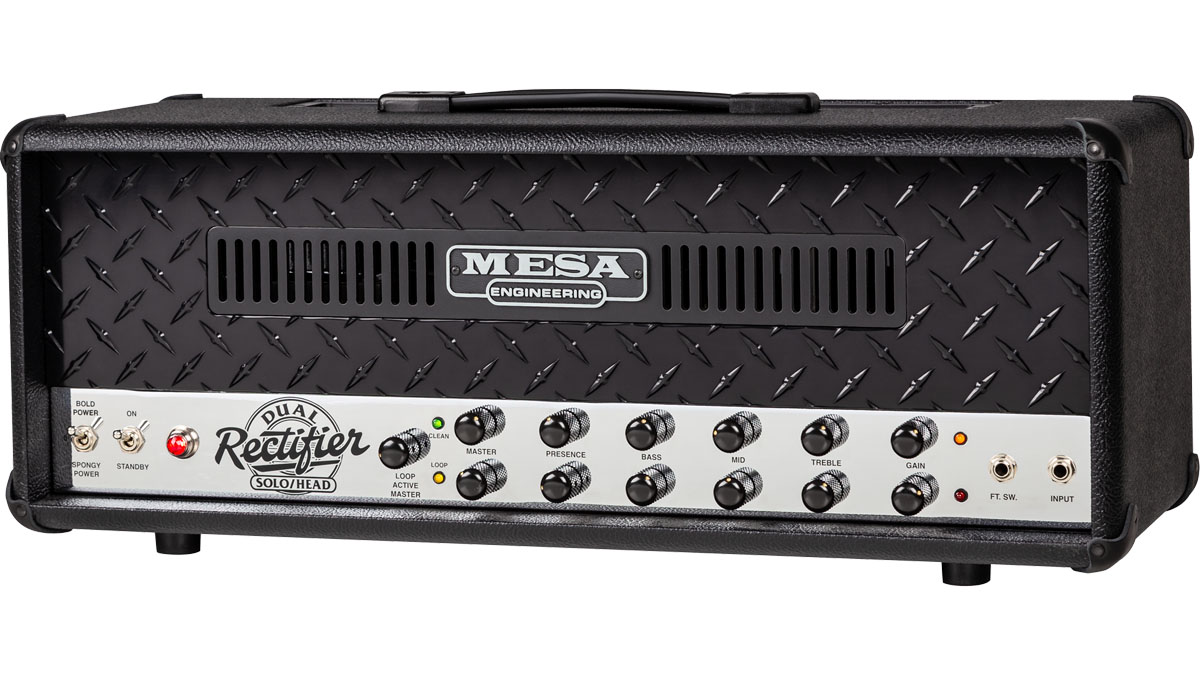
Breaking the news, the Gibson Gazette promised all the sounds that made the original such an essential part of the ‘90s backline.
The 90s Dual Rectifier has the same bold look that once dominated stages worldwide
“Mesa/Boogie has faithfully recreated the original formula – complete with ominous low end, harmonically rich top end, and that unmistakable midrange scoop that fuelled the soundtrack of an entire generation,” writes Gibson’s Shane Sanders. “Now dressed in Black Bronco vinyl with a Black Diamond Plate grille, plus a Black/Chrome handle and leather corners, the 90s Dual Rectifier has the same bold look that once dominated stages worldwide.”
Under the hood there are five 12AX7 preamp tubes, a pair of 5U4 rectifier tubes, with the amp shipping with four 6L6 power tubes as standard.
There is no onboard IR tech. No headphones output. No chance any drummer is going to drown your riffs out when you’re running one of these.
Priced $3,499, the 90s Dual Rectifier is available now. See Mesa/Boogie for more details.
Jonathan Horsley has been writing about guitars and guitar culture since 2005, playing them since 1990, and regularly contributes to MusicRadar, Total Guitar and Guitar World. He uses Jazz III nylon picks, 10s during the week, 9s at the weekend, and shamefully still struggles with rhythm figure one of Van Halen’s Panama.
“Built from the same sacred stash of NOS silicon transistors and germanium diodes, giving it the soul – and snarl – of the original”: An octave-fuzz cult classic returns as Jam Pedals resurrects the Octaurus
“A purpose-built solution for bassists seeking unparalleled sound-shaping capabilities”: Darkglass Electronics unveils the Anagram Bass Workstation – a state-of-the-art multi-effects for bass guitar with neural amp model support and a 7” touchscreen



